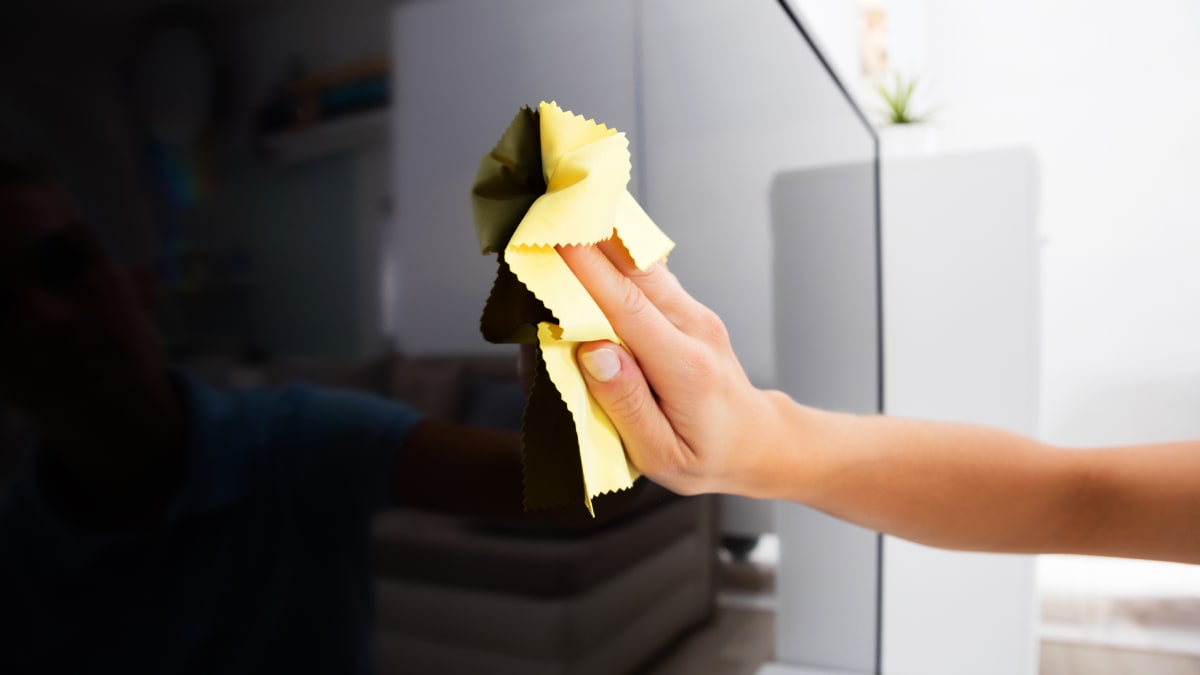

Using a cotton swab saturated in rubbing alcohol, sweep dust from the crevices of the clicker. Don’t forget to extend the same consideration to your TV’s hardworking partner-the remote control. By far the most important thing to remember is to avoid any harsh cleaning chemicals, including glass cleaners like Windex, polishes, and even isopropyl alcohol unless you have specific clearance from the manufacturer that this will not damage the screen. Repeat this ritual at least once a week to maintain the crystal-clear finish of your flat-screen. Vinegar, however, isn’t the only kitchen staple that can destroy dirt on contact: Using the same motion, you can slide an unused coffee filter over the screen to capture dust and cut screen static faster than you can make a cup of joe! Dab or spray a well-mixed solution of equal parts vinegar and water onto your cloth-never spray liquid directly onto the TV-and, using moderate pressure, gently wipe the cloth over the screen from left to right and then top to bottom before tackling the frame. Because paper towels and hand tissues have wood-based fibers that can wear away the screen’s antiglare coat, choose a clean, lint-free microfiber cloth or a cotton T-shirt to do your dirty work. Gentle, circular motions tend to give better results, since.

To start, turn off your TV and let it cool to reduce the risk of static shock and also to make the imperfections easier to see. Cleaning your 4K, OLED, or LED TV screen with a soft, dry cloth is recommended.The goal here is to avoid scratching the screen.


 0 kommentar(er)
0 kommentar(er)
